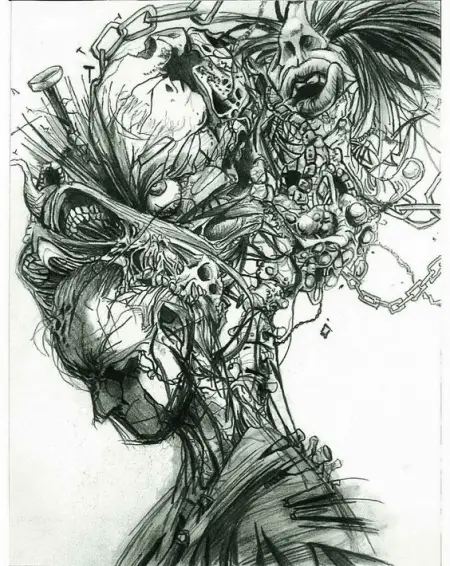The core similarities between the psychotic disorders of schizophrenia and schizoaffective disorder have caused some confusion for quite some time. In fact, some cases of schizoaffective disorder have been misdiagnosed as schizophrenia with disastrous results. This article aims to explain the major differences between the two.
Summary Table
| Schizophrenia | Schizoaffective Disorder |
| Chronic and long term brain disorder | Psychotic disorder characterized by psychotic symptoms of schizophrenia |
| Short periods of mood swings | Extended periods of mood swings (mania or depression) |
| Antipsychotic medications | Antidepressant medication |
Descriptions

Schizophrenia is a long-term, chronic brain disorder that causes symptoms such as hallucinations, delusions, difficulty in thinking and concentration, and demotivation. While there is currently no cure, treatment of its symptoms can help improve the quality of life of people suffering from schizophrenia. Schizophrenia affects approximately one percent of the world’s population.
With the help of behavioral and genetics research and advanced imaging technology, experts are beginning to discover the causes of this disease. These studies are expected to lead to new and more effective therapies and safer treatments.
Schizophrenia is a complex disease, which is the main reason there are many misconceptions attributed to it. For example, schizophrenia is not a split or a multiple personality disorder. Schizophrenics are usually non-violent and are not homeless. Most of them live with their families or on their own. They may also live in group homes.
Researchers suggest that stress plays a critical role in the onset and course of the disorder. In addition, several genetic and environmental factors are believed to cause schizophrenia. Symptoms typically appear in males in their early 20s while females often show signs in their late 20s to their early 30s. It is very rare among children and adolescents.

Schizoaffective disorder is a psychotic disorder characterized by schizophrenic symptoms (e.g. delusions, hallucinations) and mood disorders such as depression and mania. This combination of symptoms can often lead to misdiagnosis. Moreover, schizoaffective disorder is not as well-studied as schizophrenia and bipolar disorder. Thus, many treatments and interventions are derived from these mental disorders.
Recent studies show schizoaffective disorder affects 0.3% of the population. There is a higher incidence in women than men as most victims of depression are females. If left untreated, schizoaffective disorder can adversely affect the patient’s work, school, and social ties. People affected by this disorder usually find it difficult to hold down a job, socialize with others, or attend school.
Schizophrenia vs Schizoaffective Disorder
So what’s the difference between schizophrenia and schizoaffective disorder? Although schizophrenia is, in part, a schizoaffective disorder, their bipolar disorder component divides the line between them. Schizophrenia is a chronic brain disorder manifested in many symptoms such as hallucinations, difficulty thinking or concentrating, and delusions, to name a few. Schizoaffective disorder is a psychotic condition typically defined by schizophrenic symptoms (e.g. hallucinations, delusions). While schizophrenia may be characterized by short spells of mood swings, schizoaffective disorder has been diagnosed in people with longer and more frequent bouts of such episodic mood swings. Psychotic symptoms are likely to be more persistent in schizophrenics compared to people with schizoaffective disorder.
Antipsychotics such as haloperidol, risperidone, ziprazidone, asenapine, or lurasidone are used to treat schizophrenia. Antidepressants are administered to individuals with schizoaffective disorder experiencing a depressive episode and mood stabilizers during a manic state.
Video
This video does a great job of presenting the major differences between schizophrenia and schizoaffective disorder.





